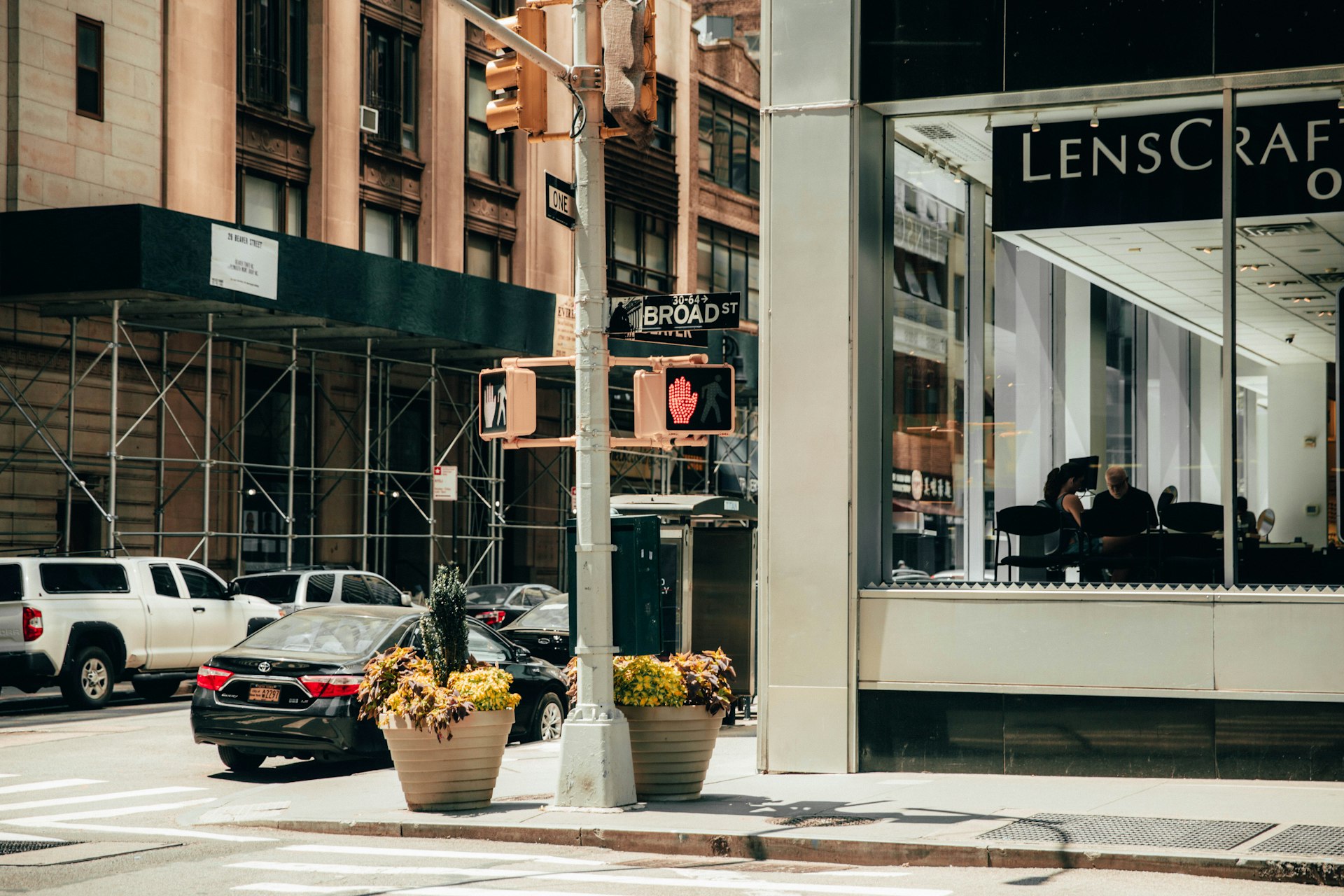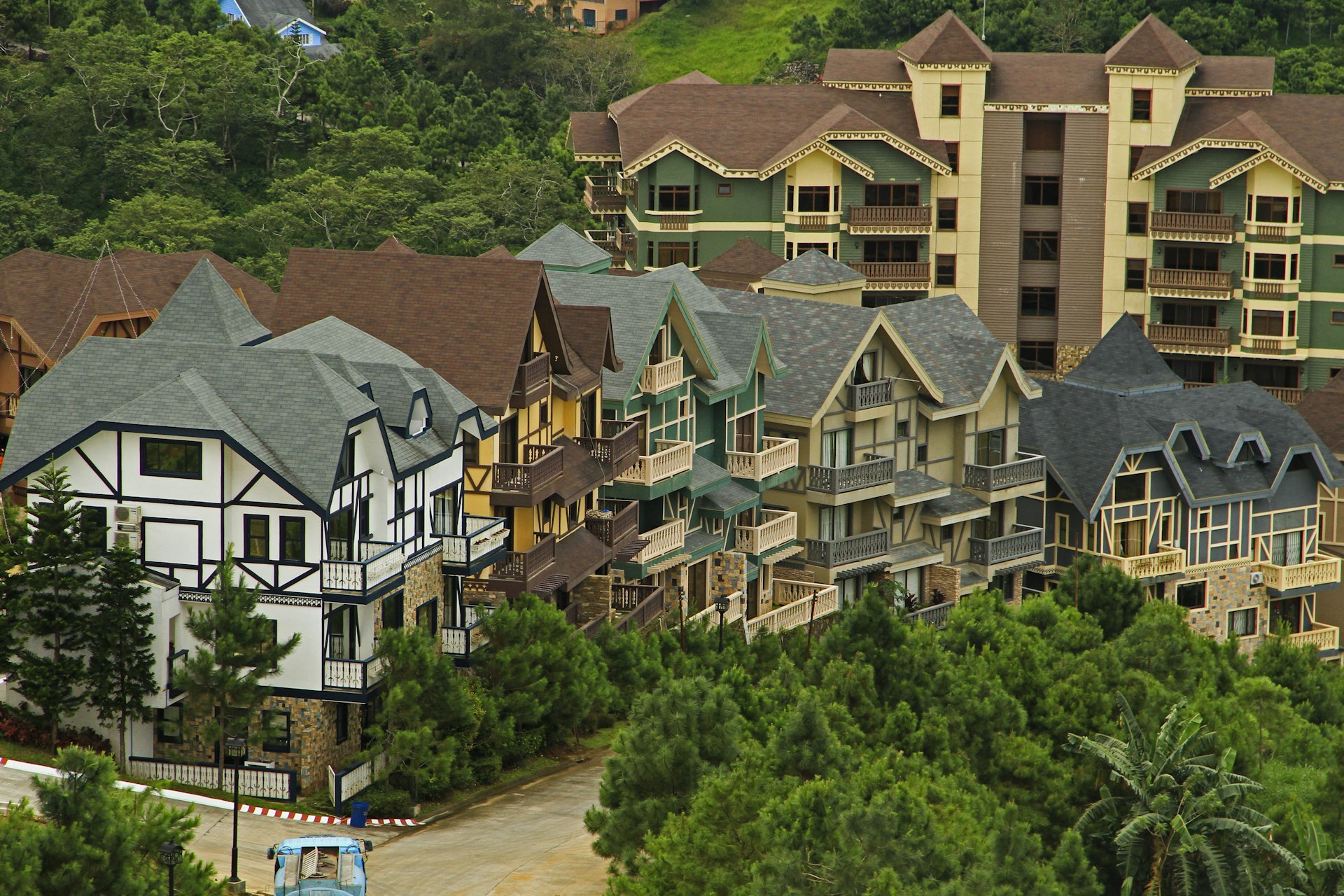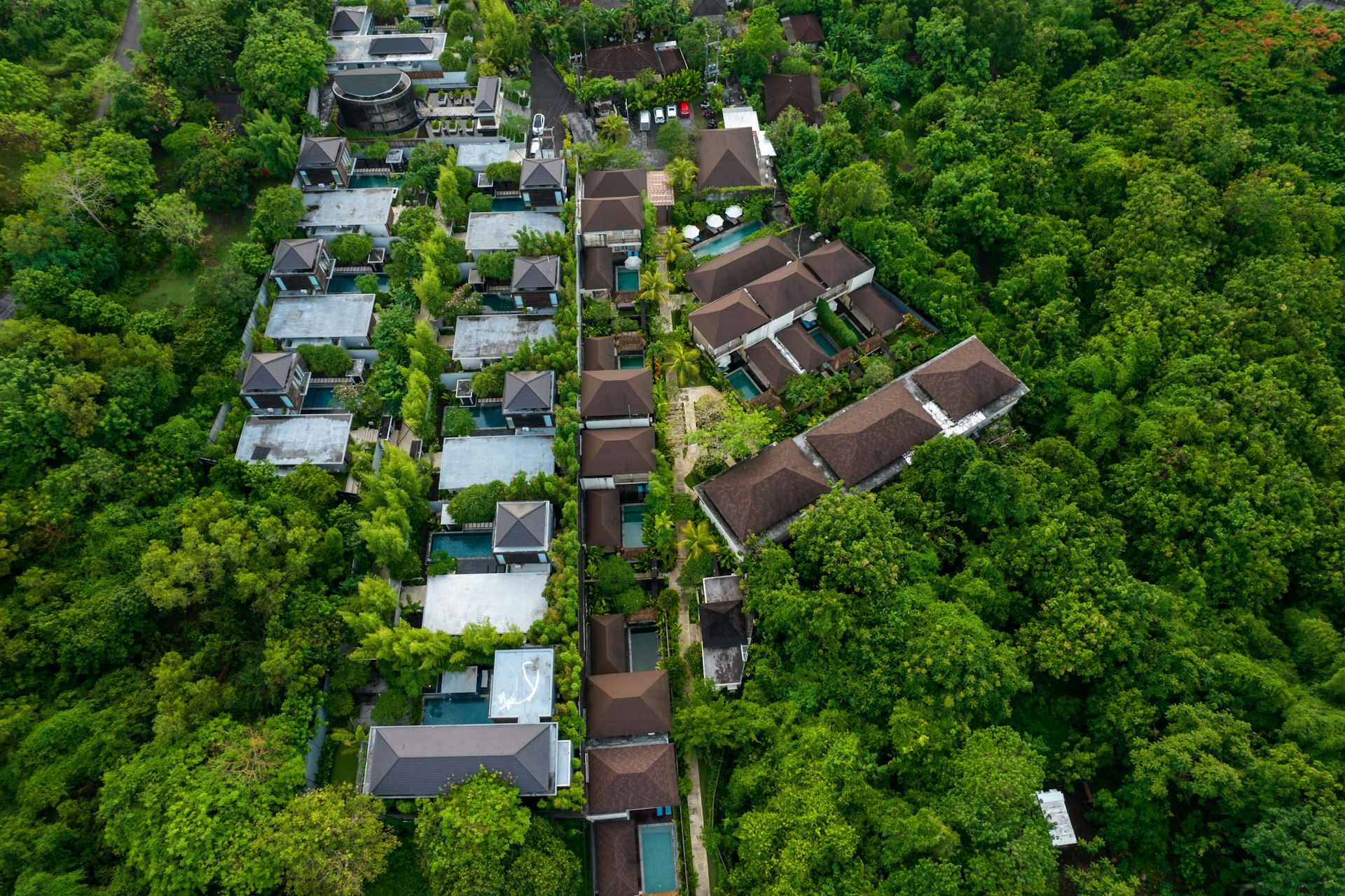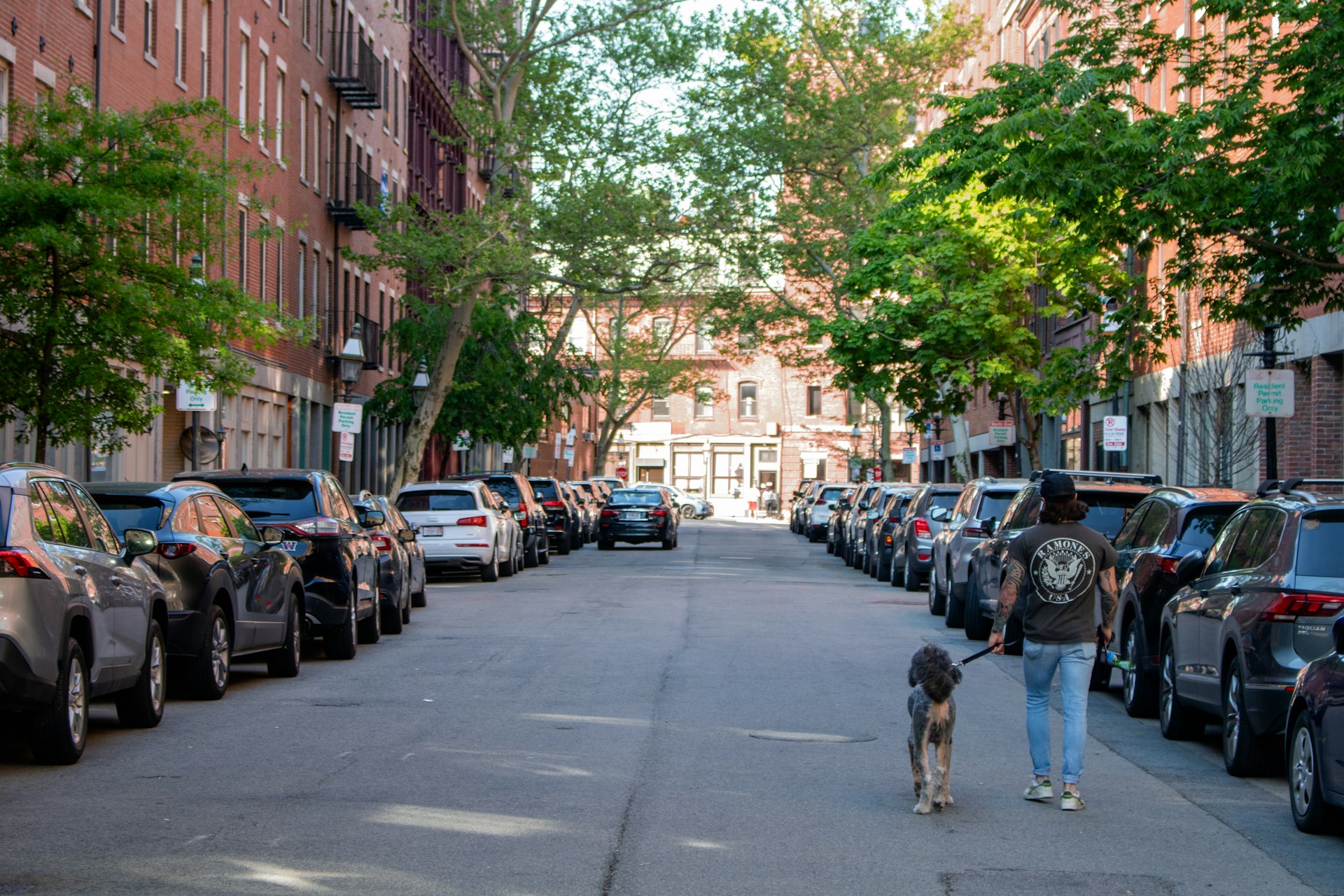Exploring Real Estate Opportunities in America’s Green Suburbs: Investment, Lifestyle, and Growth

Photo by Antonio Araujo on Unsplash
Introduction: The Rise of Green Suburbs in Real Estate
In recent years, suburban communities characterized by lush green spaces, sustainable planning, and access to natural amenities have become focal points for real estate investors, homebuyers, and developers. This surge is fueled by demographic shifts, infrastructure improvements, and evolving lifestyle preferences. Understanding how to tap into these opportunities requires a strategic approach, detailed market knowledge, and an appreciation for the unique benefits green suburbs provide [2] .

Photo by Danylo Harmatiy on Unsplash
Key Drivers of Growth in Green Suburbs
Multiple factors have positioned green suburbs as top destinations for real estate investment and homeownership:
- Population Growth and Migration: Many Americans are relocating from urban centers seeking lower living costs, greater safety, and improved quality of life. Suburbs with preserved green space and parks are especially attractive to families and young professionals [2] .
- Infrastructure and Connectivity: Suburban areas increasingly benefit from improved transportation, high-speed internet, and upgraded amenities, making them more accessible and livable [2] .
- Sustainable Development: Communities that prioritize environmental stewardship, such as preserving green belts and integrating eco-friendly building codes, attract buyers with long-term value in mind [5] .
For example, suburbs like Park Ridge near Chicago are celebrated for their tree-lined streets, well-maintained homes, and abundant parkland. This type of environment improves both lifestyle and investment stability, as residents often take pride in property upkeep and community engagement [5] .
Types of Real Estate Opportunities in Green Suburbs
The suburban market offers a range of real estate options, each with unique benefits and considerations:
- Single-Family Homes: These remain the backbone of suburban living. Larger lots, privacy, and proximity to parks and trails make them ideal for families and those seeking outdoor recreation [5] .
- Multifamily Properties: Demand for apartments and townhomes in green suburbs is rising, especially near major employers or transit hubs. Multifamily investments can offer stable rental income and long-term appreciation [4] .
- Commercial and Mixed-Use Developments: As populations grow, so does demand for suburban offices, retail, and leisure spaces. Mixed-use projects that blend residential, commercial, and recreational amenities are increasingly popular [2] .
For instance, Bellevue in Green Bay, Wisconsin, offers a diverse mix of residential and commercial properties, with community development initiatives ensuring ongoing opportunity for appreciation [1] .
Case Studies: Standout Green Suburbs for Investment
Several communities across the U.S. exemplify the promise of green suburban real estate:
- Bellevue (Green Bay, WI): Affordable housing, strong community spirit, and a focus on infrastructure and commercial growth make Bellevue a compelling choice for investors and homebuyers [1] .
- Suamico (Green Bay, WI): Known for its natural beauty and rural charm, Suamico’s emphasis on sustainable development has preserved its appeal and supported stable property values over time [1] .
- Park Ridge (Chicago area): With a median home price of about $530,000 and quick sales, Park Ridge combines proximity to downtown, access to parks, and a strong sense of community [5] .
- Summerlin West (Las Vegas, NV): This master-planned community integrates green spaces, modern amenities, and proximity to new employment centers, making it attractive for both buyers and renters [3] .
- Round Rock (Austin, TX area): Affordable price growth and demand for single-family rentals have made suburbs surrounding Austin prime for investors seeking long-term returns [4] .
Step-by-Step Guide: How to Access Green Suburb Real Estate Opportunities
To effectively pursue opportunities in green suburbs, follow these practical steps:
- Define Your Investment Goals: Determine whether you want to buy a home, invest in rental property, or pursue commercial development. Each approach requires different resources and risk profiles.
- Research Target Markets: Study demographic trends, local job growth, infrastructure improvements, and environmental initiatives. For example, look for suburbs with ongoing transportation upgrades or new commercial projects [2] .
- Analyze Property Options: Compare prices, property types, and amenities. Seek out neighborhoods with strong community engagement, access to parks, and robust maintenance of public spaces [5] .
- Connect with Local Experts: Engage local real estate agents, property managers, or investment groups who specialize in suburban and green developments. Their experience can help you identify undervalued properties and navigate local regulations.
- Secure Financing: Contact banks, credit unions, or mortgage brokers to explore lending options. Many lenders offer special programs for energy-efficient or sustainable properties. Inquire about incentives or tax credits for eco-friendly building features.
- Inspect and Evaluate: Visit neighborhoods in person to assess quality of life, safety, and green space access. Speak with residents and review local government plans for future development or environmental initiatives.
- Complete the Purchase: Work with your real estate agent and legal counsel to finalize the transaction. Ensure all documentation aligns with local zoning laws and environmental standards.
If you need help connecting with agents, you can search for “green real estate agents” or “sustainable property specialists” in your target suburb. Major real estate platforms like Realtor.com and Zillow allow you to filter properties by features such as “energy-efficient” or “near parks,” but always verify the details and contact local professionals for guidance.
Challenges and Solutions When Investing in Green Suburbs
While green suburbs offer many advantages, there are challenges to consider:
- Competition and Pricing: High demand can drive up prices and reduce available inventory, particularly in popular suburbs. Solution: Consider emerging green suburbs or neighborhoods adjacent to established ones where growth is projected [3] .
- Zoning and Environmental Regulations: Local rules can affect what and how you build or renovate. Solution: Consult local planning departments and seek legal advice before making offers.
- Market Volatility: Real estate markets can fluctuate. Solution: Focus on long-term fundamentals such as job growth, school quality, and environmental sustainability to reduce risk.
- Infrastructure Delays: Promised amenities or transit improvements may take years to materialize. Solution: Prioritize suburbs with completed or near-completion infrastructure projects.
Alternative Pathways and Additional Resources
If direct ownership isn’t feasible, there are alternative routes to benefit from suburban growth:
- Real Estate Investment Trusts (REITs): Some REITs focus on suburban commercial or residential portfolios. Research available options through major brokerages, and look for funds with green or sustainability mandates.
- Opportunity Zones: Many green suburbs fall within federally designated Opportunity Zones, which can provide tax advantages for certain investments. For more information, visit the U.S. Department of the Treasury and search for “Opportunity Zone program.” Always review program details and consult a tax advisor.
- Community Land Trusts: In some regions, community-based organizations acquire land to ensure long-term affordability and preserve green space. These trusts may offer unique opportunities for participation, especially for first-time buyers.
Key Takeaways and Next Steps
Green suburbs represent a dynamic segment of the U.S. real estate market, blending lifestyle benefits with investment potential. By understanding market drivers, conducting careful research, and leveraging expert guidance, you can access rewarding opportunities in these communities. Begin by identifying your priorities, connecting with local experts, and utilizing reputable real estate platforms and official agency sources to access listings and incentives. Always verify property details and consult specialists to ensure your investment aligns with your long-term goals.
References
- Malabar Hill Capital (2025). Suburban Markets: The New Commercial Hotspots of 2025.
- Sandra Ranck Real Estate (2025). Top Neighborhoods to Invest in Green Bay, WI This Year.
- Ben Lalez (2025). Top 10 Chicago Suburbs For Homebuyers 2025.
- Green Forest Capital (2025). Best Places to Invest in Real Estate in 2025: Emerging Markets to Watch.
- Queensridge Realty (2025). Top 5 Neighborhoods to Invest in Las Vegas Real Estate in 2025.
MORE FROM moneysaversearch.com













